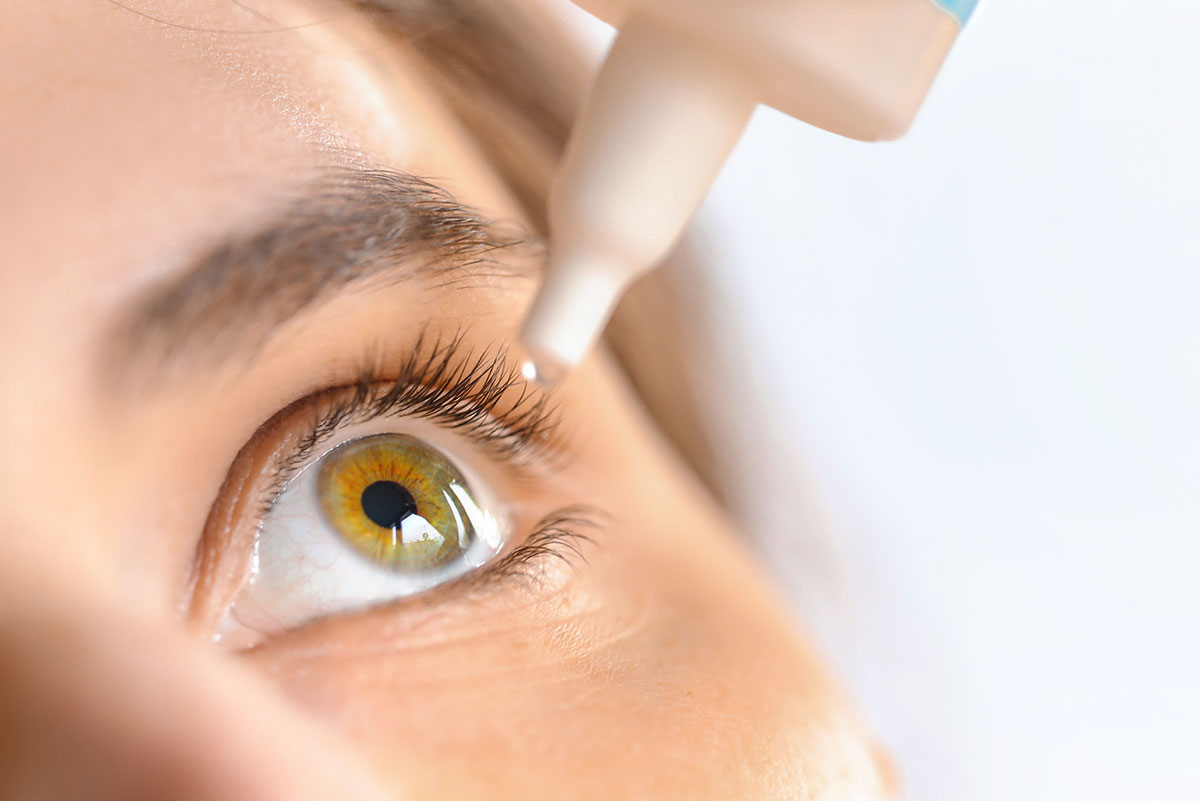Eye Facility in Andalusia: Advanced Vision Care Services Available
Eye Facility in Andalusia: Advanced Vision Care Services Available
Blog Article
The Benefits And Drawbacks of Various Refractive Surgical Treatments for Boosted Eyecare

LASIK Surgery
LASIK surgical procedure is a frequently executed refractive treatment that aims to remedy vision issues such as astigmatism, nearsightedness, and farsightedness. This medical technique has gained appeal as a result of its efficiency in offering people with more clear vision and minimizing their dependence on glasses or get in touch with lenses. During the treatment, a thin flap is produced on the cornea, and a laser is utilized to reshape the underlying tissue, fixing the refractive mistake. The flap is then repositioned, permitting fast recovery and minimal discomfort for the patient.
One of the main advantages of LASIK surgical treatment is the quick improvement in vision experienced by many clients. Most individuals discover a considerable improvement in their eyesight shortly after the treatment, with minimal downtime required for recuperation. In addition, LASIK is recognized for its high success rate and reduced occurrence of issues when done by knowledgeable doctors. Like any kind of medical treatment, LASIK likewise brings some risks, including completely dry eyes, glow, halos, and under or overcorrection of vision. It is necessary for individuals taking into consideration LASIK surgical procedure to go through a thorough assessment by an eye treatment expert to determine if they are appropriate candidates for the treatment.
PRK Treatment
The PRK procedure, also referred to as Photorefractive Keratectomy, is a sort of refractive surgical treatment that aims to deal with vision problems comparable to LASIK surgical treatment. Unlike LASIK, which entails creating a flap in the cornea, PRK works on the surface area layer of the cornea. Throughout the PRK procedure, the outer layer of the cornea, called the epithelium, is eliminated to permit reshaping of the underlying corneal cells with an excimer laser. This reshaping assists to correct refractive mistakes such as nearsightedness, astigmatism, and farsightedness.
One of the advantages of PRK over LASIK is that it removes the threat of flap-related issues given that no flap is developed throughout the surgical treatment. This can be valuable for people with thin corneas or those associated with contact sporting activities where eye injury is an opportunity. However, the recovery time for PRK is commonly longer contrasted to LASIK, as the external layer of the cornea requires time to restore after the treatment. Despite the longer recuperation period, PRK can be a suitable option for individuals seeking vision adjustment surgical treatment.
SMILE Surgical Procedure
An advanced refractive surgical treatment technique getting popularity in the field of ophthalmology is SMILE Surgery. Small Incision Lenticule Removal (SMILE) is a minimally intrusive treatment that fixes vision by reshaping the cornea making use of a femtosecond laser. Unlike conventional LASIK surgery, SMILE Surgical procedure entails creating a little cut in the cornea to extract a lenticule, which results in less disruption to the corneal structure and possibly quicker recovery times.
Among the key advantages of SMILE Surgery is its capability to deal with myopia (nearsightedness) and astigmatism with high precision, bring about superb visual end results for patients. The minimally intrusive nature of the treatment also minimizes the risk of difficulties such as completely dry eye syndrome, making it a desirable choice for individuals seeking refractive surgical procedure.

LASEK Method
Having explored the advantages and considerations of SMILE Surgical procedure, another notable refractive surgery strategy worth taking a look at is the LASEK Method. LASEK, which means Laser-Assisted Subepithelial Keratectomy, is a type of laser eye surgery that aims to fix refractive mistakes such as myopia (nearsightedness), hyperopia (farsightedness), and astigmatism.
Unlike LASIK, LASEK does not involve developing a corneal flap. Rather, throughout a LASEK treatment, the doctor uses a diluted alcohol solution to loosen the webpage thin outer layer of the cornea, known as the epithelium.
One of the primary benefits of LASEK is that it can be appropriate for individuals with slim corneas that may not be good candidates for LASIK. In addition, LASEK typically causes marginal post-operative pain and a quicker healing time compared to PRK. However, the visual recuperation procedure with LASEK may be slightly longer than with LASIK.
Implantable Contact Lenses
Implantable Contact Lenses provide a long-lasting vision modification solution for individuals seeking a choice to standard get in touch with lenses or glasses. These lenses, likewise known as phakic intraocular lenses, are operatively placed into the eye to fix refractive errors such as myopia (nearsightedness), hyperopia (farsightedness), and astigmatism. neurologist Andalusia. Unlike traditional get in touch with lenses that rest on the surface area of the eye, implantable get in touch with lenses work within the eye itself, supplying clear vision without the demand for daily maintenance or elimination
One of the key advantages of implantable contact lenses is their durability. Once inserted, they can continue to be in the eye indefinitely, using constant and stable vision adjustment. Furthermore, these lenses can be an exceptional option for individuals that are not excellent candidates for laser eye surgery or who favor a relatively easy to fix vision modification procedure.
Nevertheless, implantable call lenses do lug some dangers, including the potential for cataracts or raised eye stress. It is important for individuals considering this alternative to consult with an eye care specialist to figure out if implantable contact lenses are the right option for their certain needs and eye health and wellness.
Conclusion
Finally, each type of refractive surgical treatment has its very own advantages and negative aspects. LASIK surgical treatment is preferred for its quick recuperation time, while PRK treatment might be suitable for clients with thin corneas. SMILE surgical procedure offers very little discomfort throughout the procedure, yet LASEK technique may have a longer healing procedure. Implantable contact lenses supply an alternative for those who are not ideal candidates for standard surgical procedures. People ought to speak with their eye care supplier to identify the most effective option for their private demands.

On The Whole, SMILE Surgical procedure offers an encouraging choice for individuals looking to enhance their vision with refractive surgical procedure.
Report this page